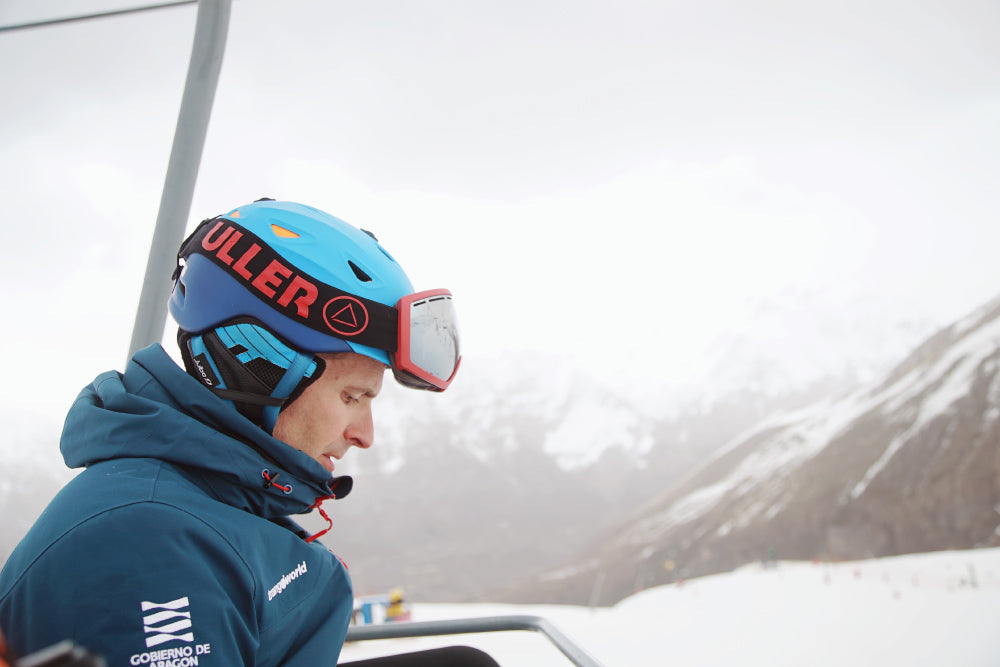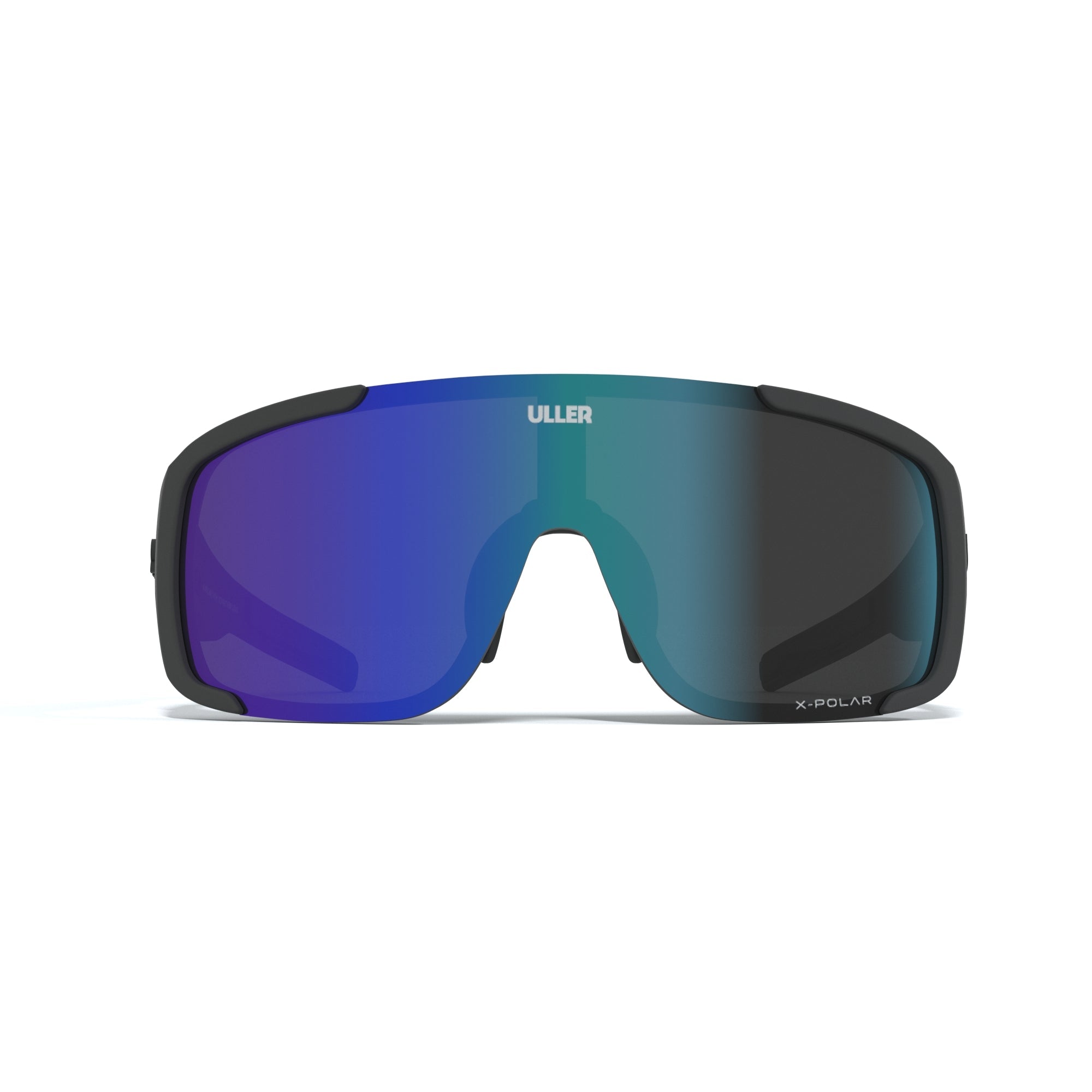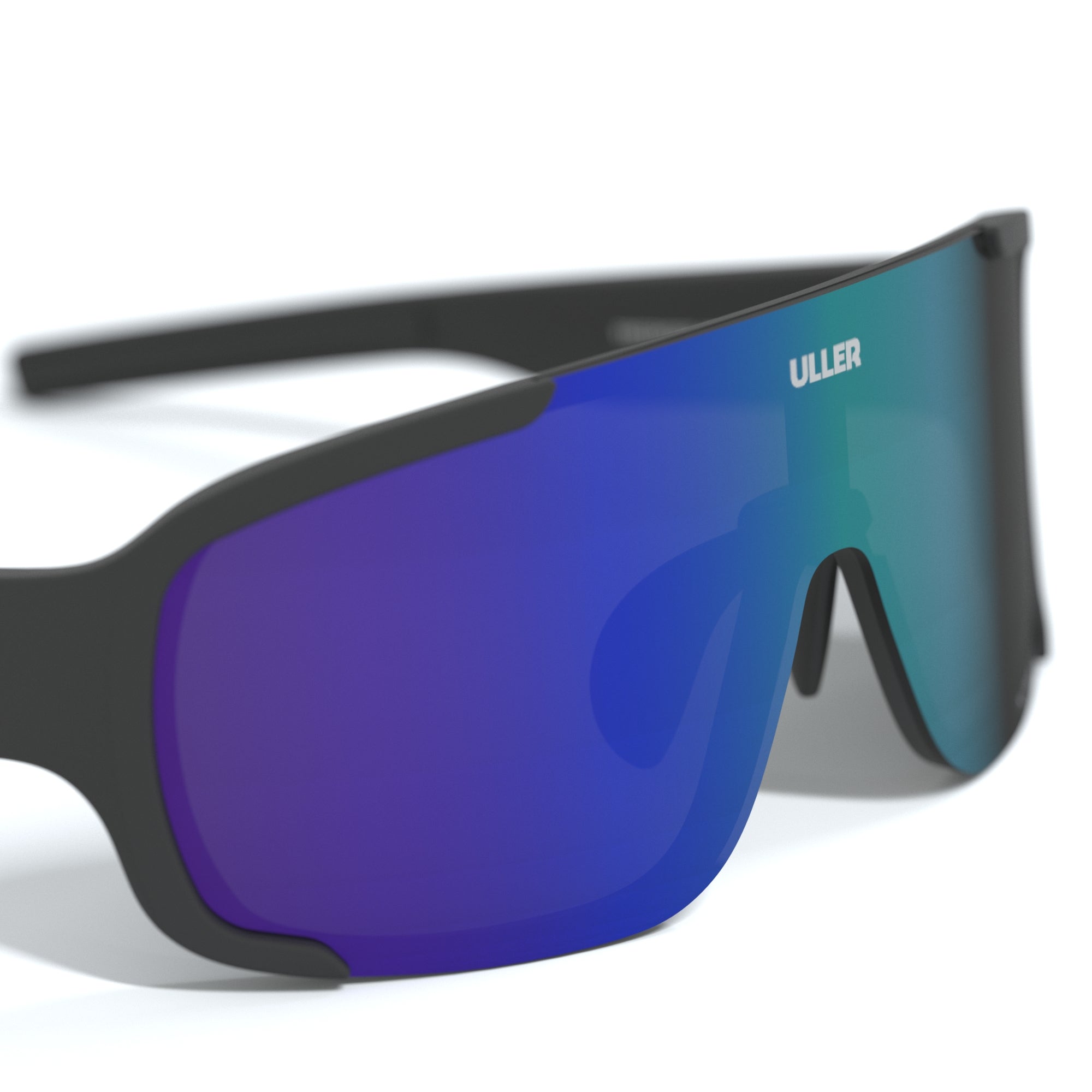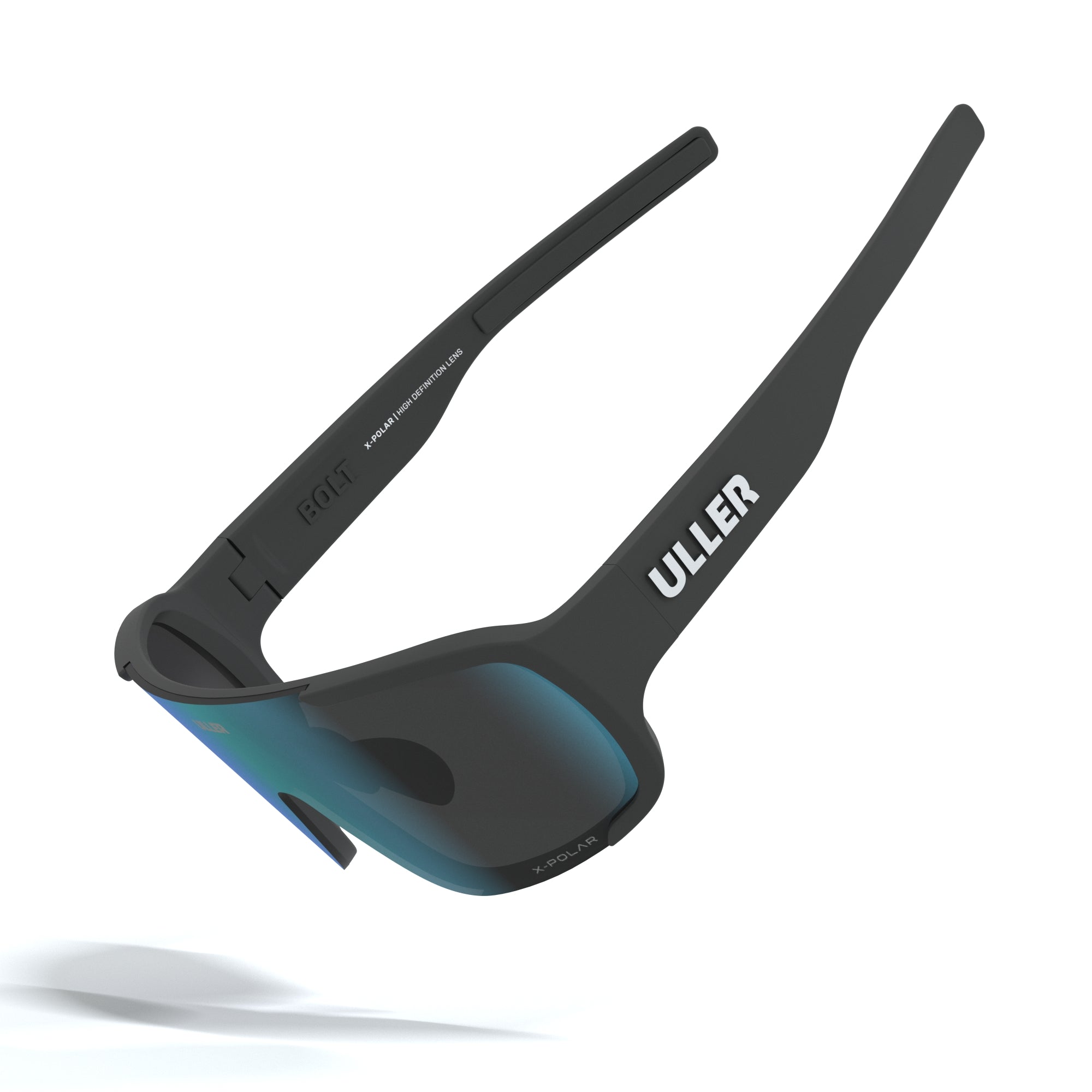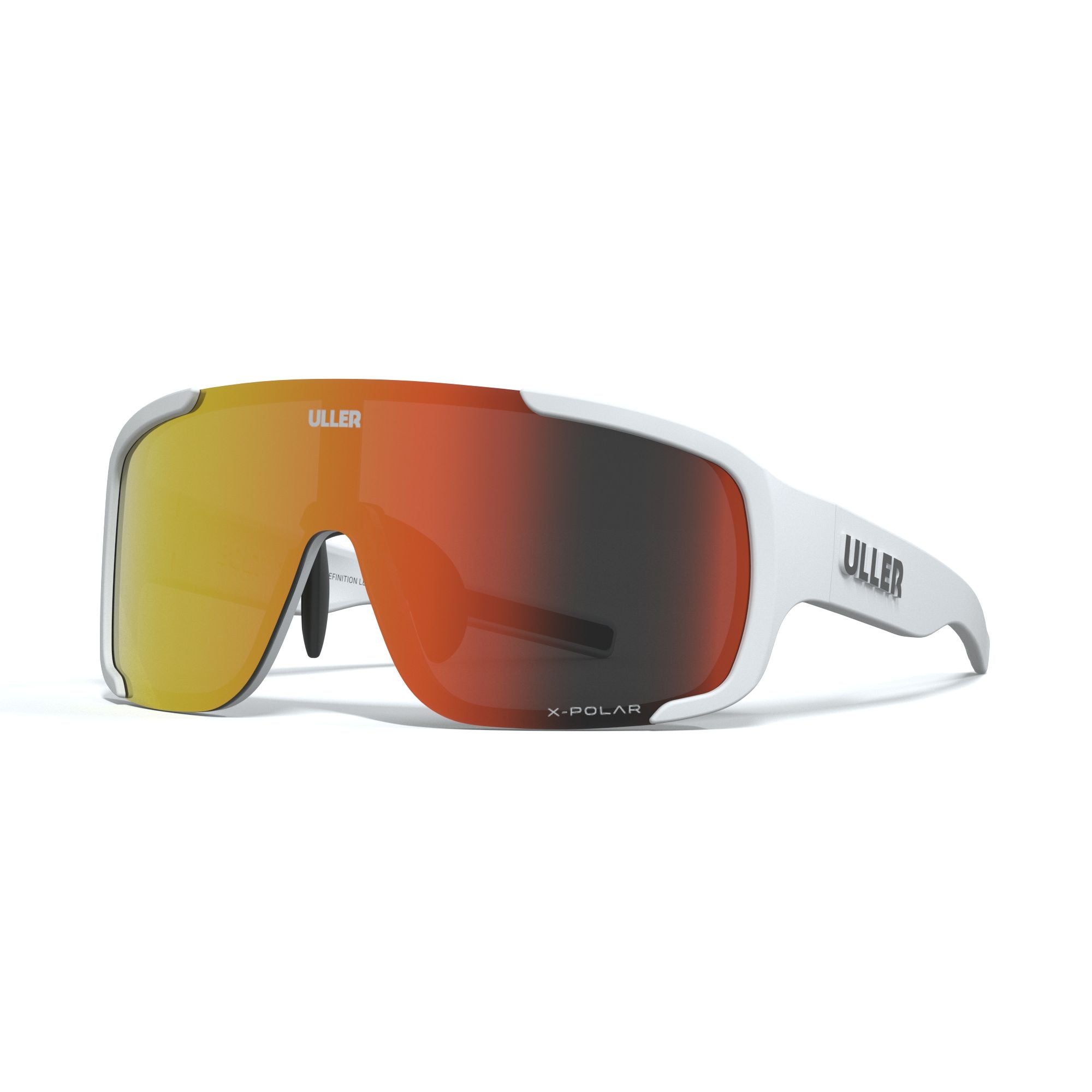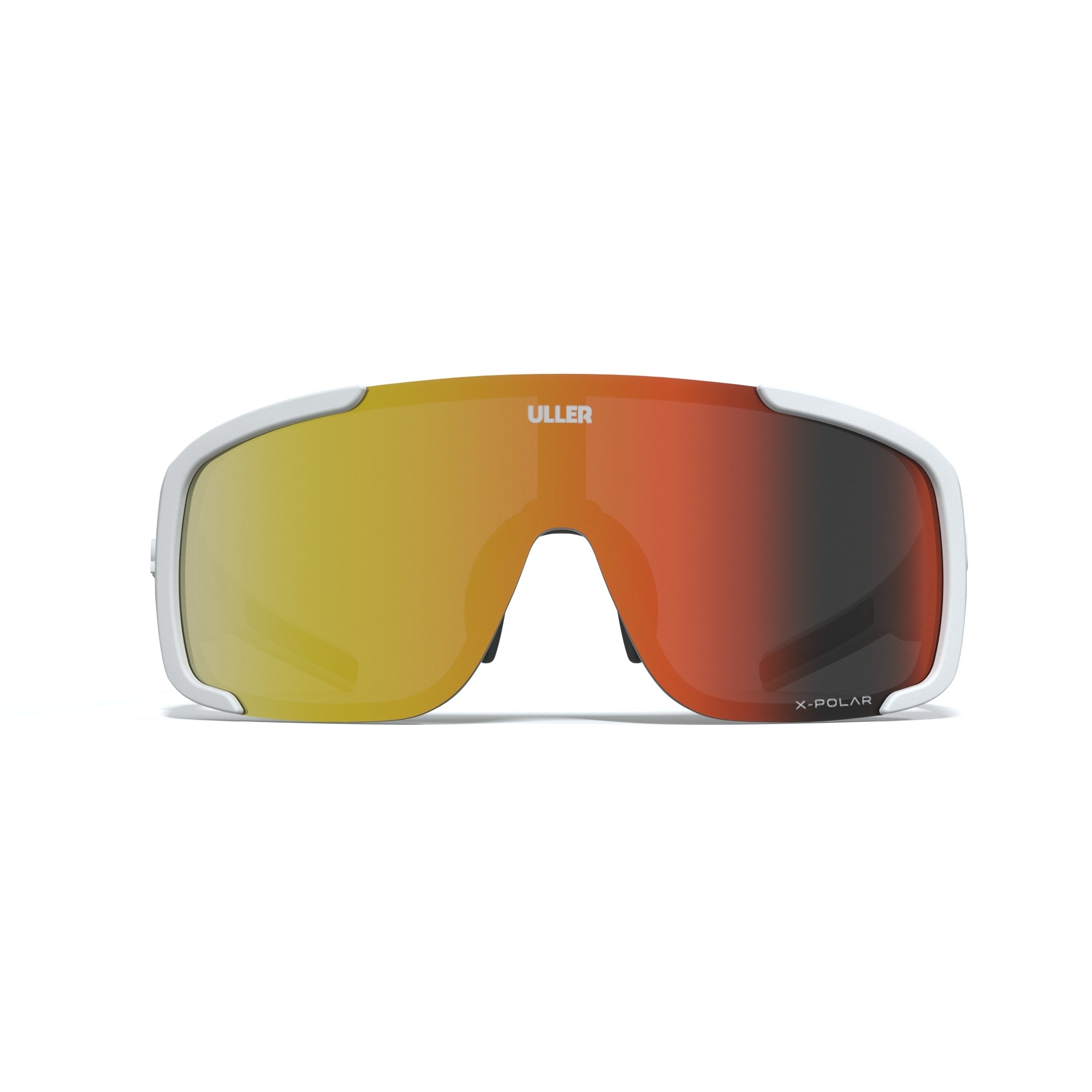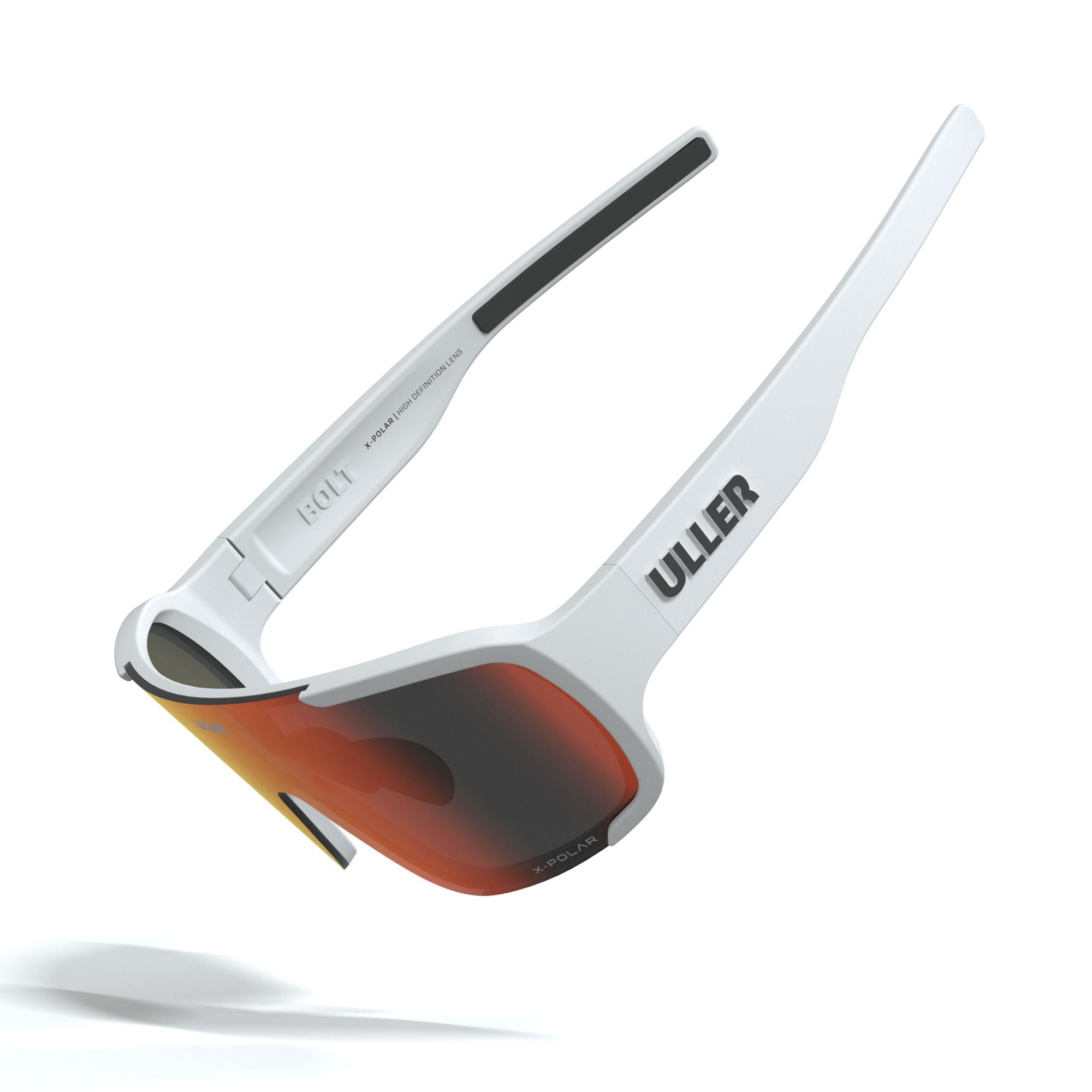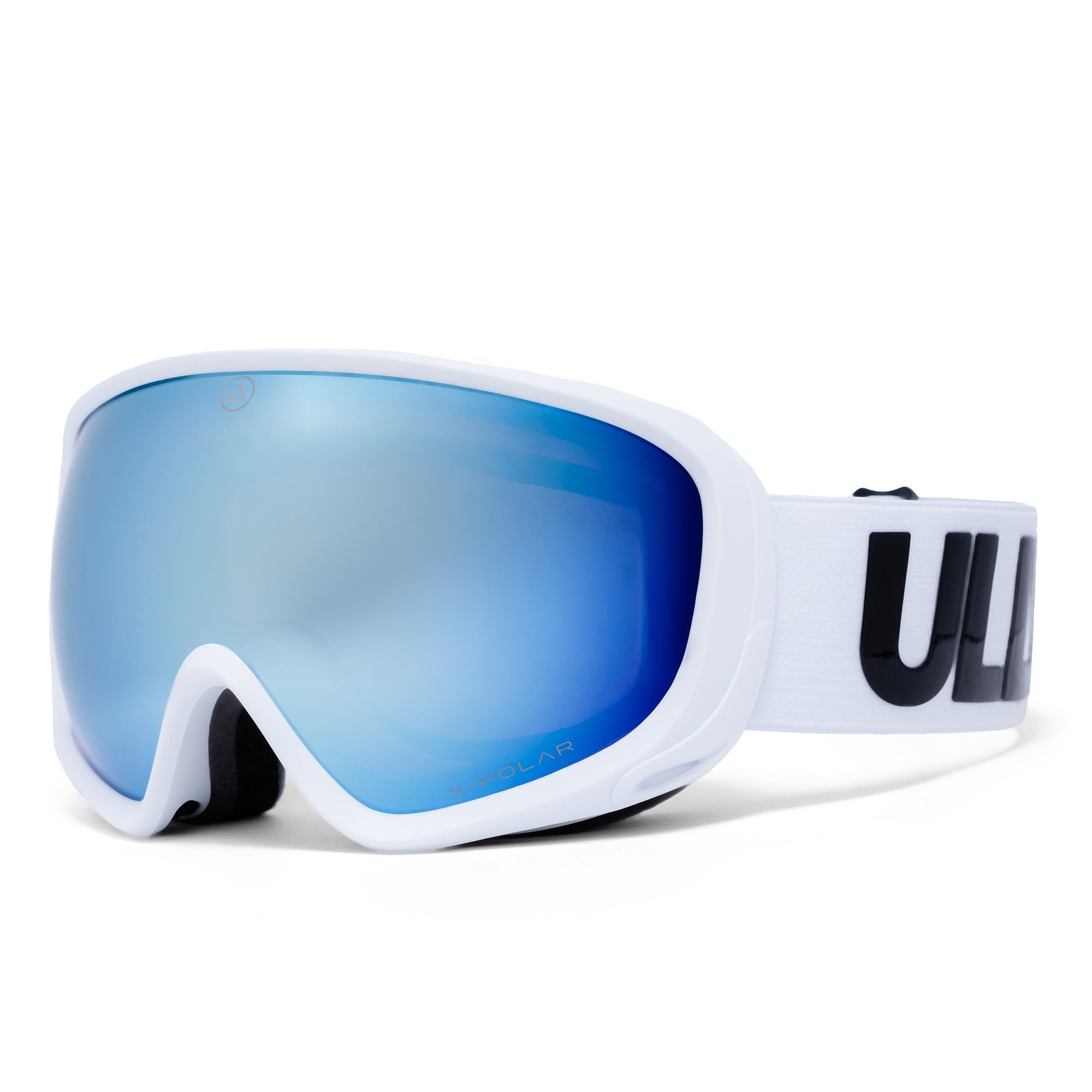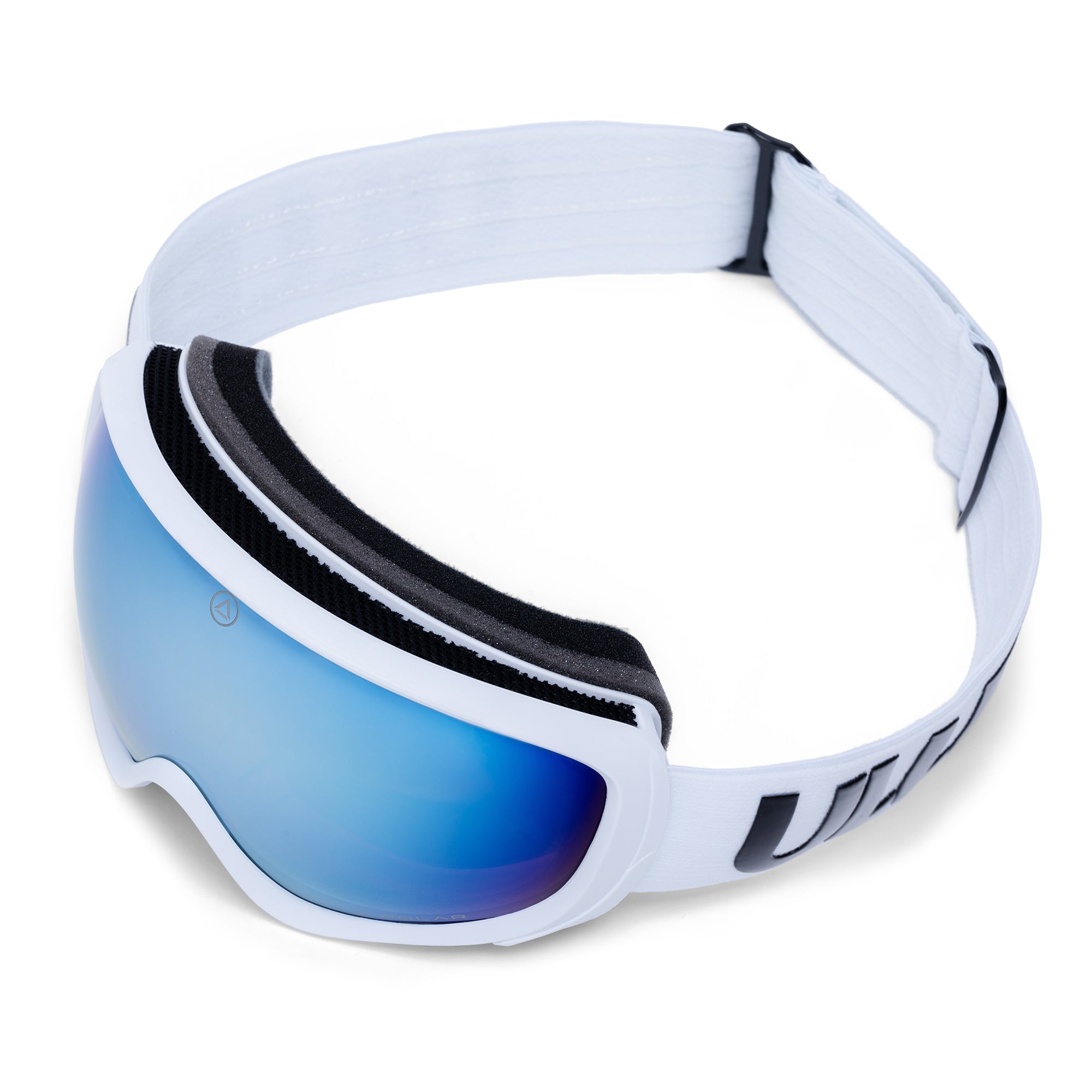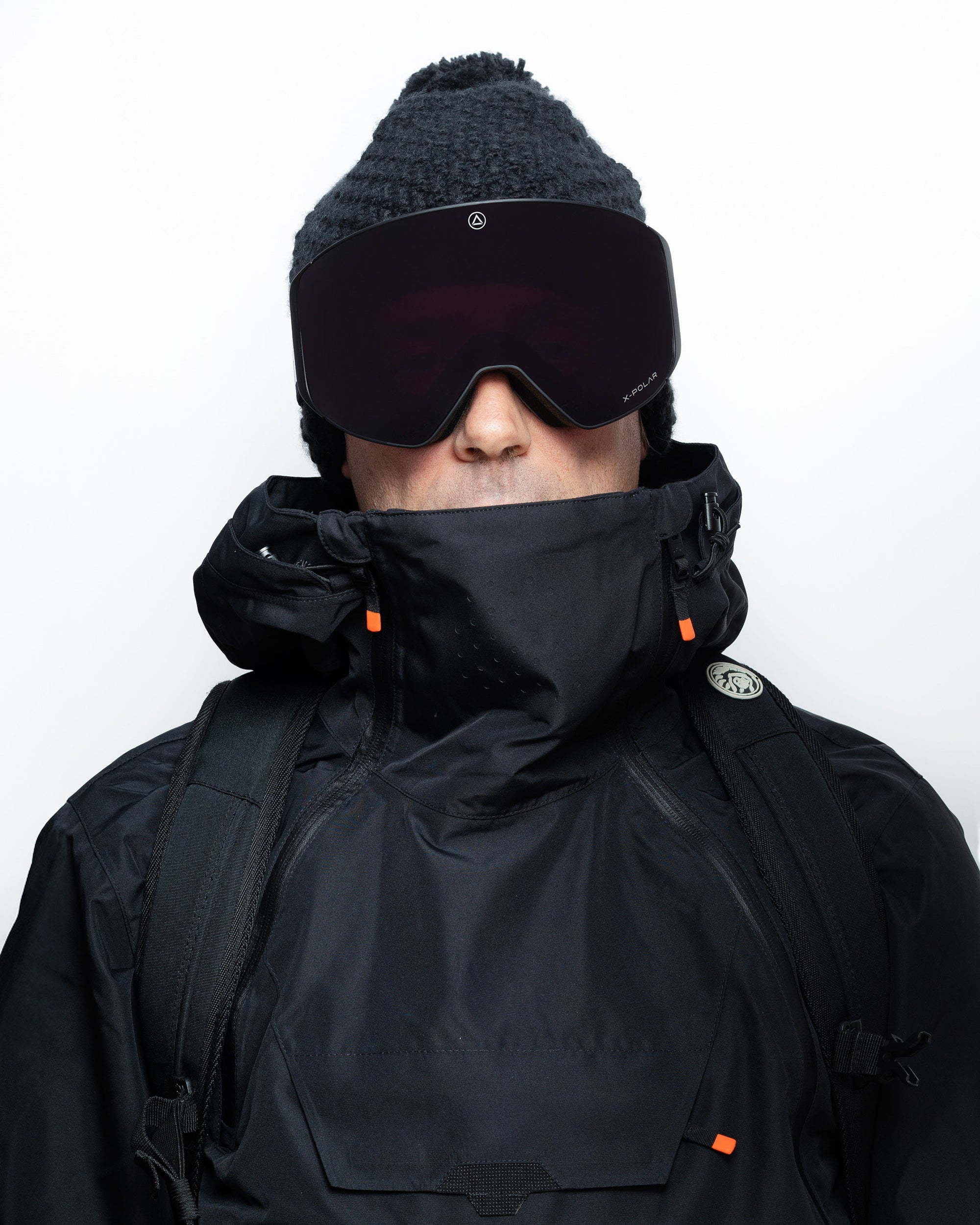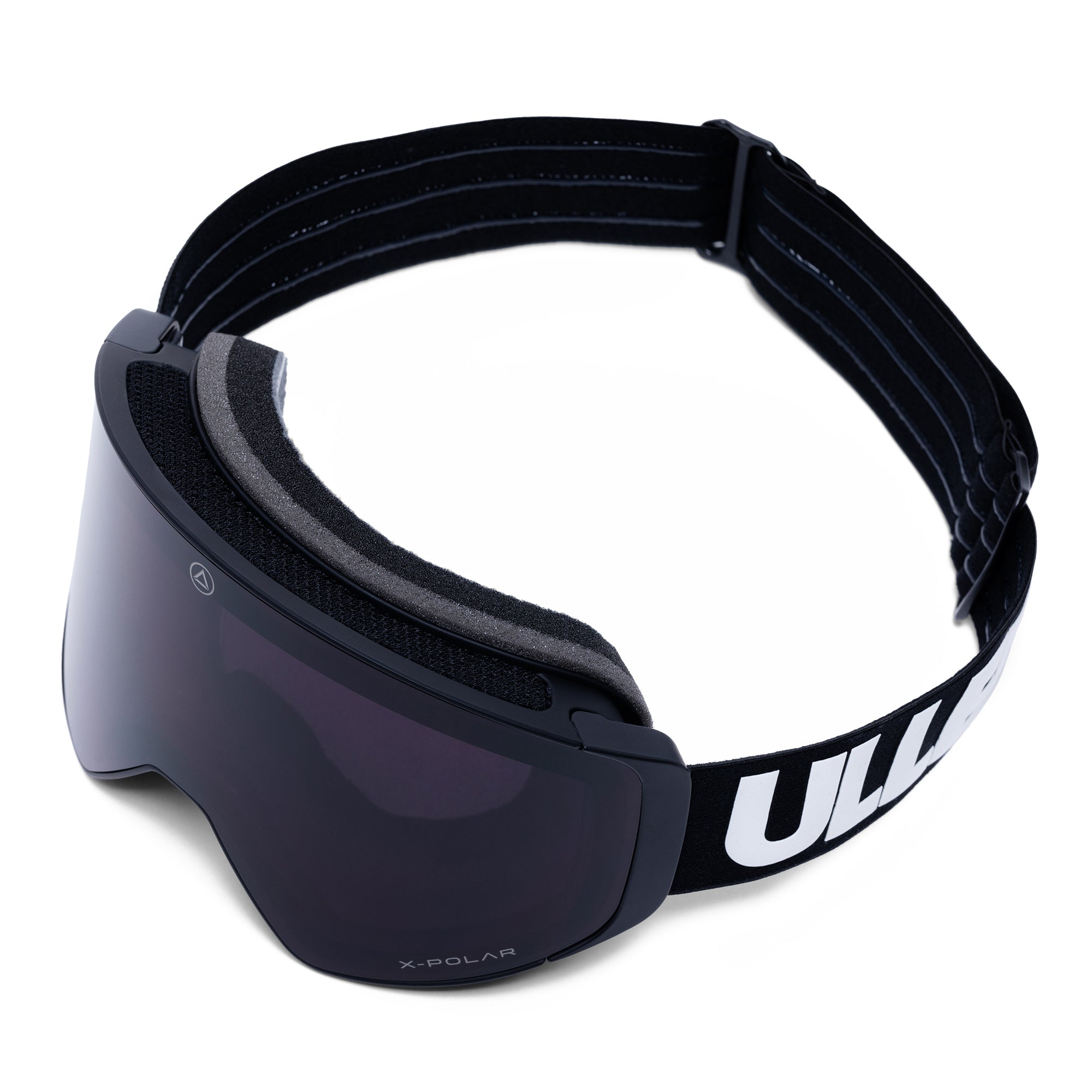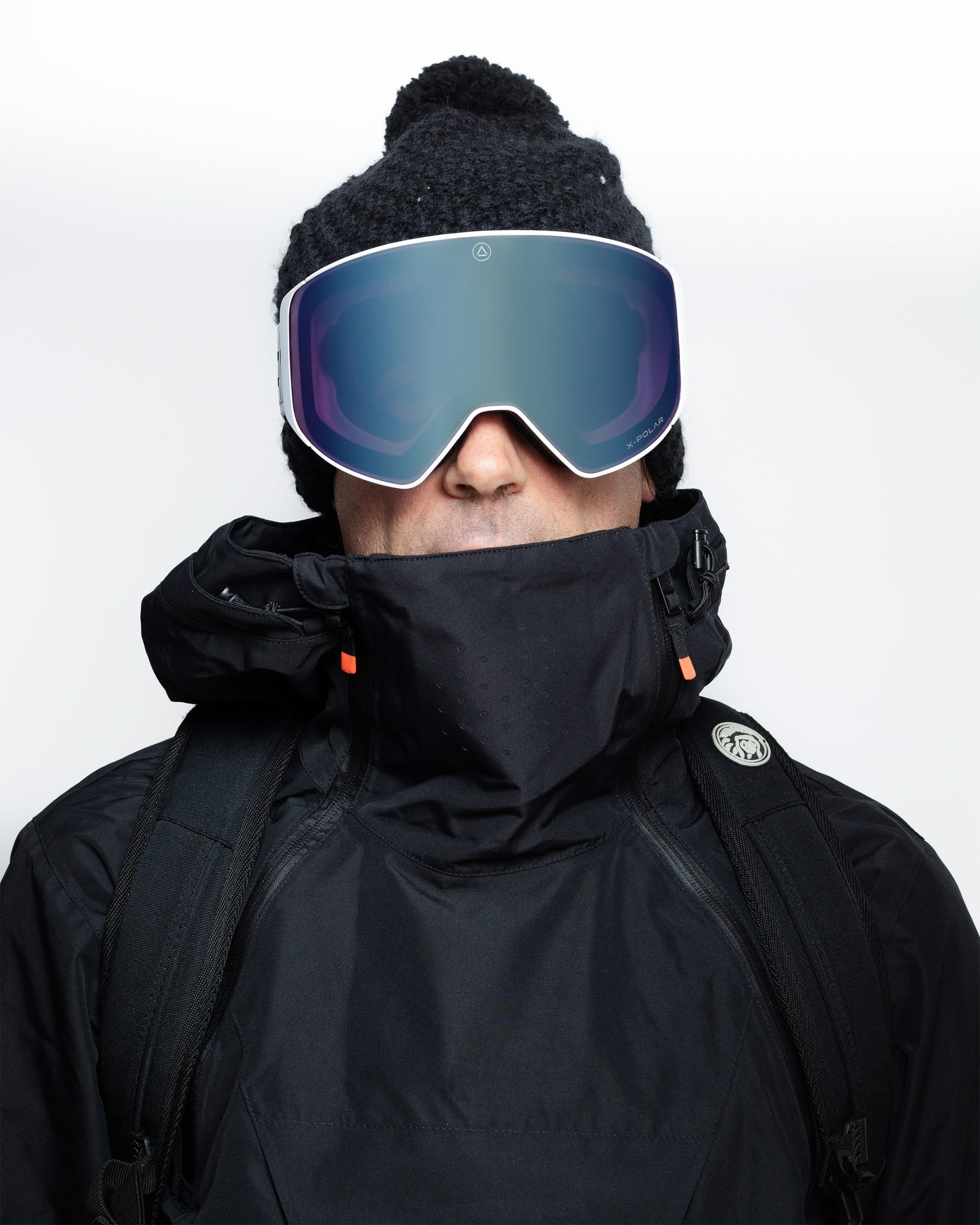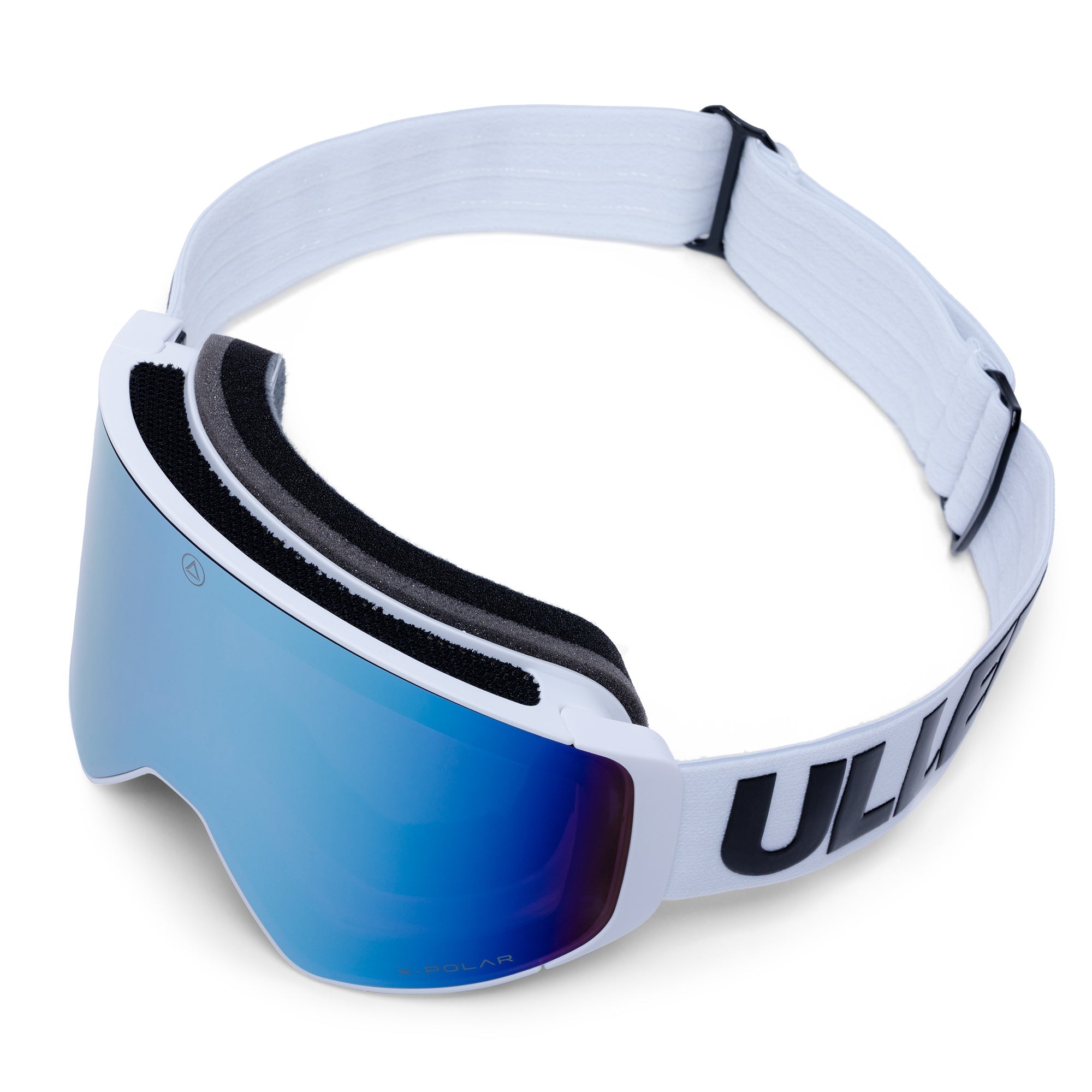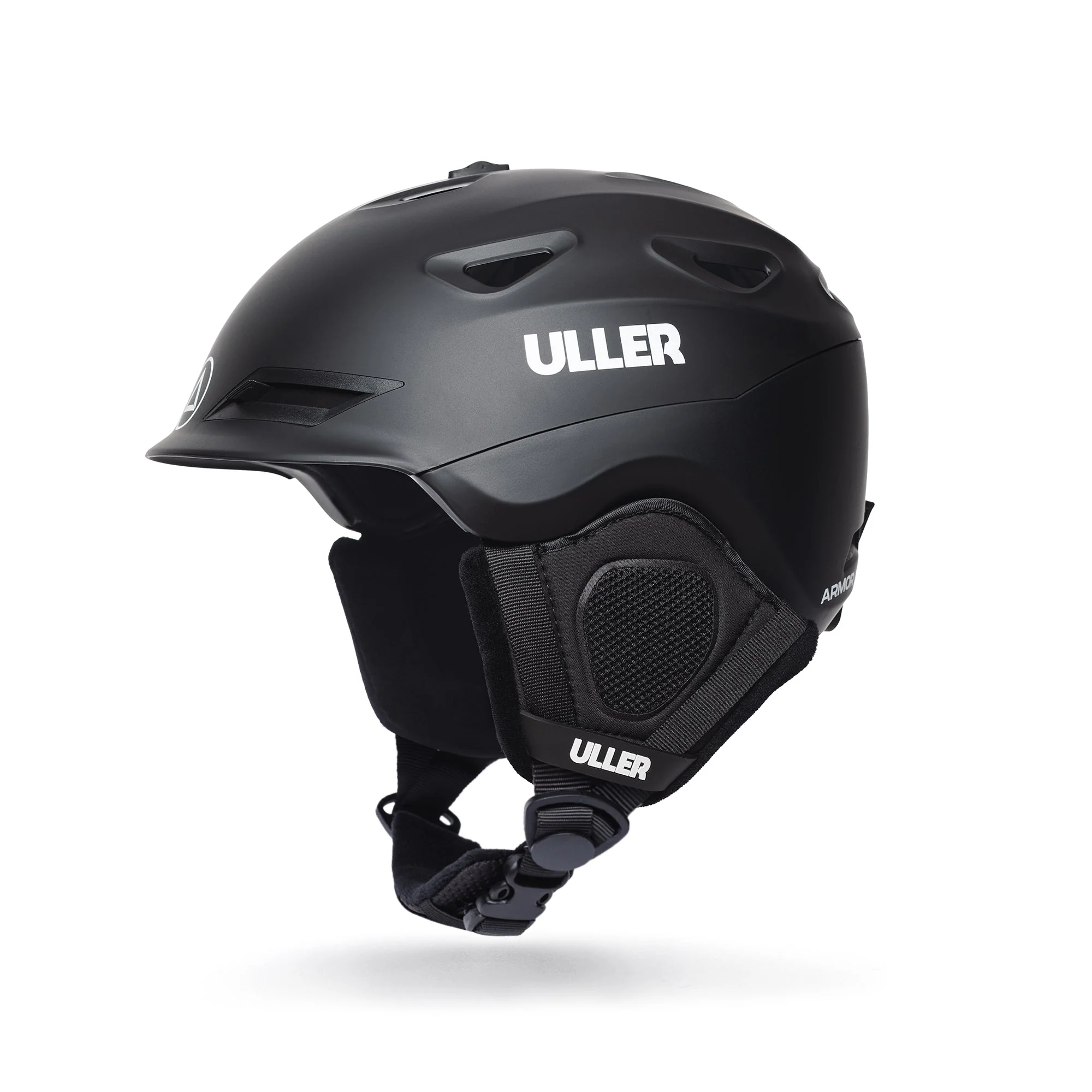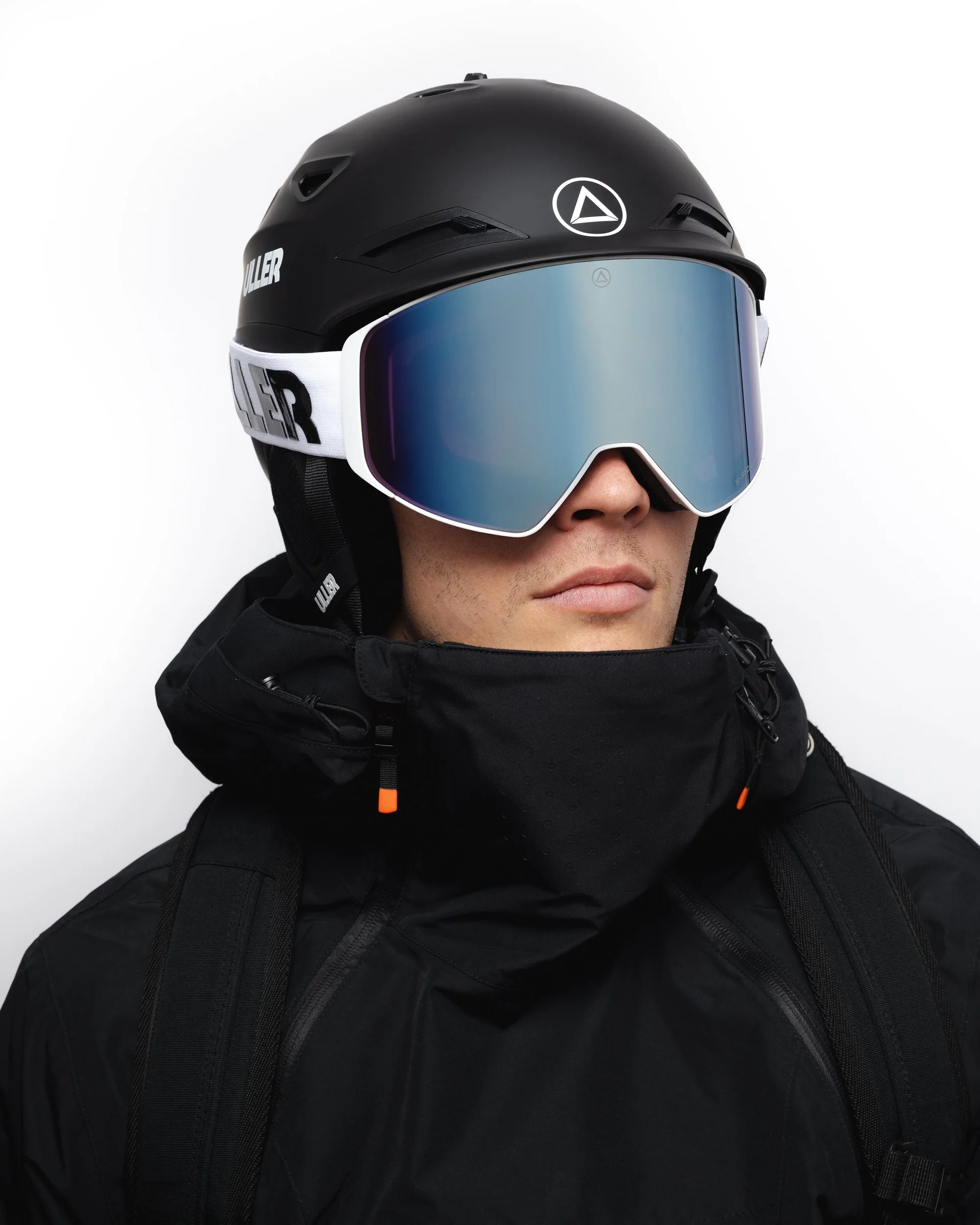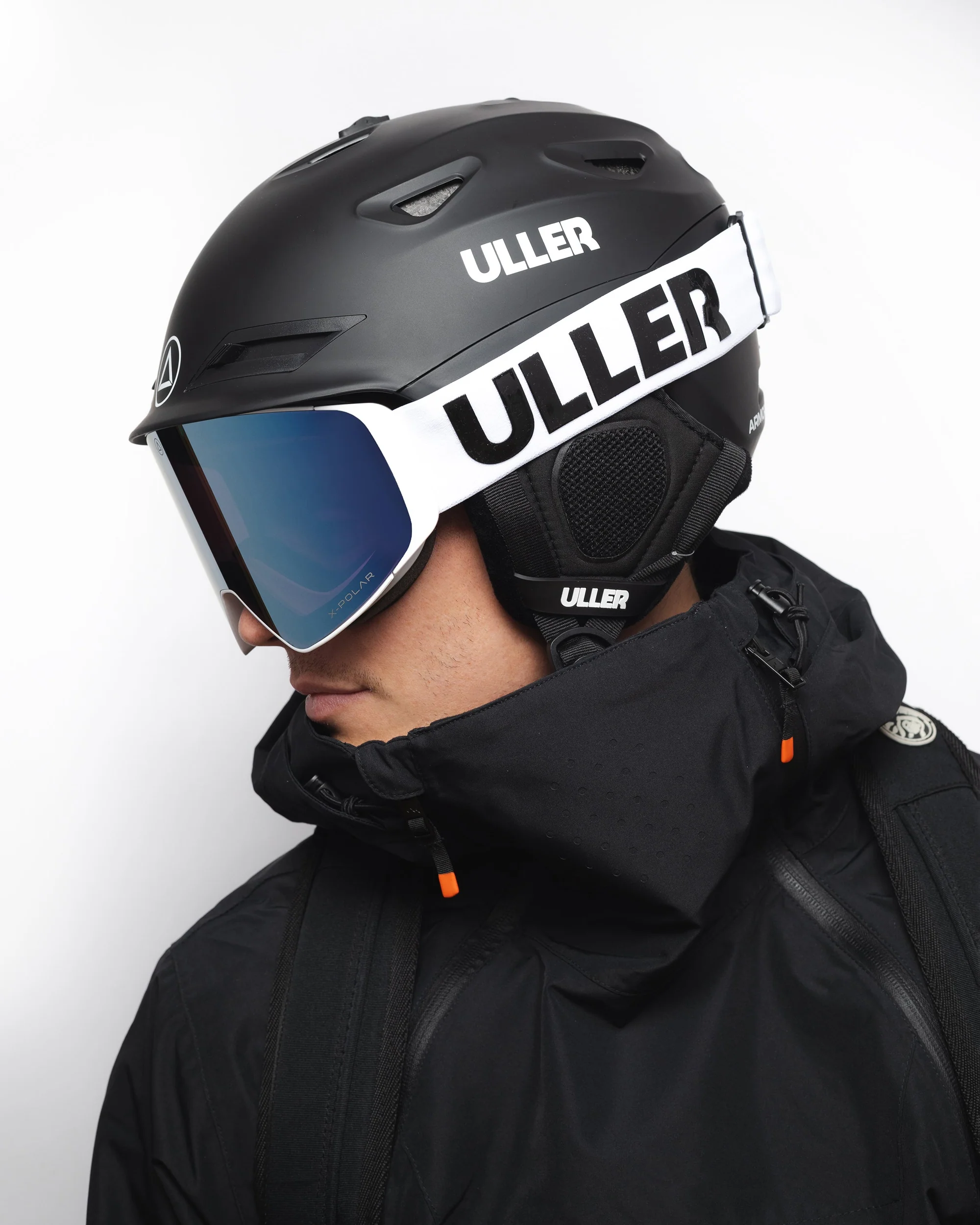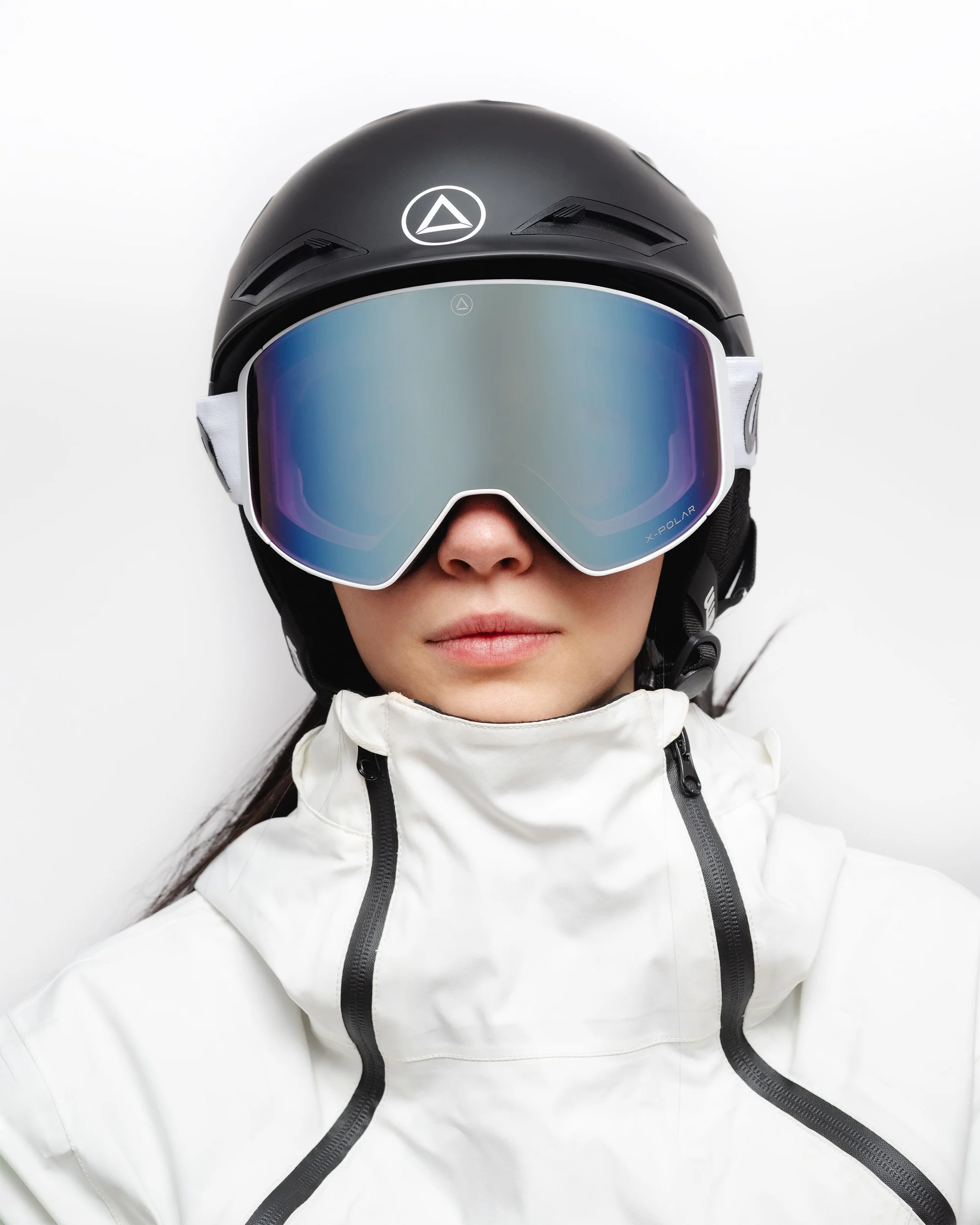There are many lovers of the mountains, walking on them, climbing them, using them as their training method or simply enjoying them to breathe their air away from the pollution of the city. However, as with anything else, this activity sometimes presents some physical and health problems that can overshadow your hobbie especially if you don't know how to avoid them or tackle them in time.
So that you can enjoy your favorite sport without any inconvenience, we present a basic guide to the symptoms that you may experience if you are experiencing altitude sickness, or also called mountain sickness. We offer you some tips to treat them in the best possible way without interrupting your activity.
It is common knowledge that training at high altitudes is not the only task of mountain athletes, although they are especially the ones who use this scenario as their own medium. Other types of athletes also do it in order to obtain better results, especially in long-term competitions, since it has been shown that training in this way brings many benefits to the athlete.
What happens to our body when training at more than 2400 meters of altitude?

Training at a high altitude implies that there will be less atmospheric pressure and with this the concentration of oxygen that we have in our body will also vary, altering the amount of oxygen we have available.
For this reason it is very common that when we are at certain heights our body can experience unknown and annoying sensations and symptoms:
- Increased heart rate.
- Increased breaths per minute, since our priority will be to absorb more oxygen.
- Increase in erythroproietin or EPO, the hormone that is responsible for producing red blood cells, since the greater the number of red blood cells, the more oxygen.
As a consequence of this, having produced more oxygen, when returning to a normal height, the athlete's performance will be much higher.
But do not trust yourself, specialists indicate that this type of training, also called training under hypoxic conditions, takes effect after five or seven days, because that is when the body will begin to produce a larger amount of EPO. You must be consistent in this type of training if you want to get a real improvement in your resistance.
It is important that you know that this training will only give the results you expect as long as you carry it out at altitudes that oscillate between 2,000 and 2,600 meters, while specialists totally advise against exceeding 3,000 meters in height, an area popularly known as the danger zone.
However, all that we have mentioned above refers to voluntary training that is done to increase personal sports capabilities and perform better when it comes to going down the mountain and returning to regular training, but what about? What do we do when we do not do this training to improve our sport, but rather it is the sport itself?

In disciplines such as skiing, climbing or Trail running training in high mountains is not an option, but an obligation, so it is It is very common for athletes to continuously suffer the effects of this disease.
Mountain sickness is not common if the stay at certain heights is brief, but it begins to be noticed when the stays in the place are longer, that is why those who practice skiing do not usually suffer from this disease, while in ski mountaineering or cross-country athletes it is seen much more.
We say that practicing these sports guarantees to a greater extent the suffering of altitude sickness since it is from 2400 meters of altitude when the body and its full capacity begin to diminish a bit, however, it is still not a height that poses too much danger.
In addition to the type of sport you are going to do, your physical condition will also influence it to a different extent. At an elevation of 2,400 meters, some people will take a day or two to adjust, while others may take five days to adjust.
Tips to avoid Altitude Sickness or Mountain

To make your sports day easier and altitude sickness as bearable as possible, we suggest a series of tips to follow so that you can climb the mountain in the best possible way.
Hydration
It is essential that you drink water constantly and not wait until you are thirsty, since at that point and with the temperatures that you may experience, it is likely that you will not feel thirsty until you experience dehydration. It is recommended to drink between 4 and 5 liters of water a day.
Moderate intensity
Above all, if you're not too used to it by now and you're starting out in sports like this, moderate the intensity and duration of your activity and thus you'll train much more efficiently and without taking unnecessary risks. Remember, Rome wasn't built in a day!
Food
Food yes, but always carefully. Avoid copious meals that are difficult to digest; A light meal will ease digestion and won't compromise your agility.
Sunscreen
Never forget to use sunscreen, especially on the face and lips since the cold burns in the same way and that exercising outdoors can cause serious skin problems as has been shown in different studies such as the one carried out by the San Jorge de Huesca General Hospital, which guarantees that 45% of high-mountain athletes suffer from sunburn. Make sure the protection is SPF 50+ at least.
Masks
To carry out your activity it is essential that you also use a mask or ski goggles such as masks with photochromic lenses or with interchangeable magnetic lenses that you can get at Uller.
Don't forget the hat!
A hat will be your best ally in your sports practice. Keeping your head warm is essential so that you do not get cold sores and that altitude sickness does not affect you excessively.
No stress
Avoid stressful situations to keep your heart rate and breathing under control. It is essential that you try to remain calm and concentrate on the activity you are doing.
Banned substances
Alcohol and tobacco are totally discouraged for this activity. It is important to have the most oxygenated blood possible, remember that you are going to experience a very strong oxygen shortage.
Always in company.

Do not go alone when you are preparing to train at an altitude above 2400 meters because this is when the symptoms begin to appear and you may need help, especially experienced in situations of this type.
Before starting a training routine of this type, consult your doctor and make sure that you have an appropriate physical and health condition for this type of impact. The supervision and monitoring of your vital signs during an activity of this type is essential to guarantee that your health does not suffer unnecessarily.
The highest peaks in Spain
Posets
Located in the Pyrenees, it has an altitude of 3,371 meters. Its terrain is usually steep, so having advanced notions of mountaineering is essential.
Aneto
It is the highest peak in the Pyrenees at 3,404 meters and is not recommended for the inexperienced.
Mulhacen
Located in the Sierra Nevada, it is the second highest peak in Spain, at 3,479 meters. It is recommended for medium level mountaineers. If you prepare for approximately two or three months, you will be able to ascend in 15 hours; If you are inexperienced, it is recommended that you spend one night in the hostel and do the remaining 1,500 meters on the second day.
Teide
Located in the Canary Islands and at 3,800 meters high, it is the highest peak in Spain. The final stage starts at 3,500 meters and takes two to three hours to get there.
Common questions about altitude sickness or mountain sickness
What is hypoxia?
Hypoxia refers to the difficulty experienced by the organism to adapt to extreme situations such as the decrease in atmospheric pressure commonly called altitude sickness.
What are the symptoms of altitude sickness?
Symptoms may include headache, insomnia, loss of appetite, dizziness, nausea, and irritability. In more serious cases, respiratory distress, confusion and even coma can occur.
What to do for altitude sickness?
To avoid altitude sickness, it is best to stay hydrated by drinking 4 or 5 liters of water a day and maintain a varied diet rich in carbohydrates.
How long can altitude sickness last?
Adjusting to altitude sickness can take days. However, it will always depend on the person and their physical condition prior to the ascent, since each case is different. Some people may take one or two days to adapt while others may take five or six.


